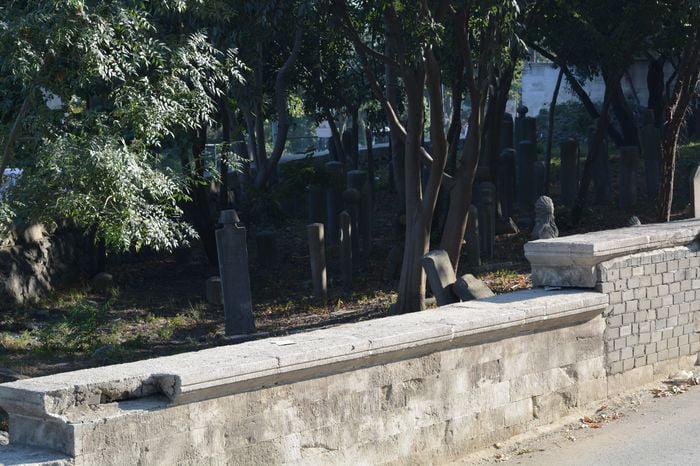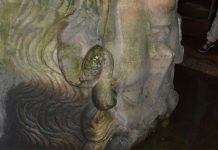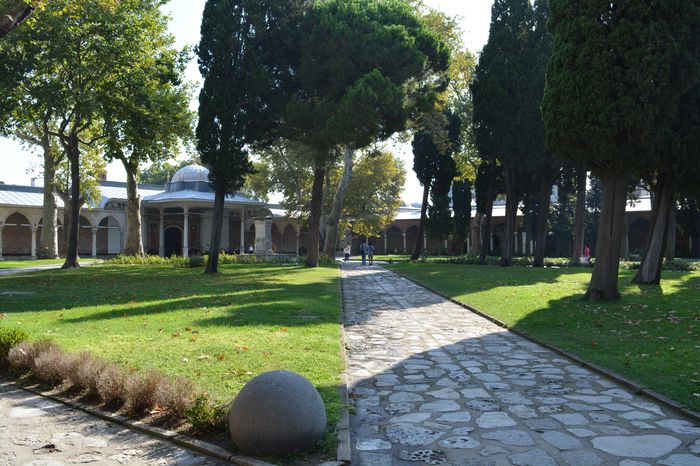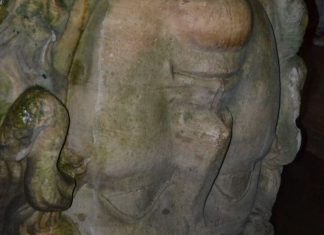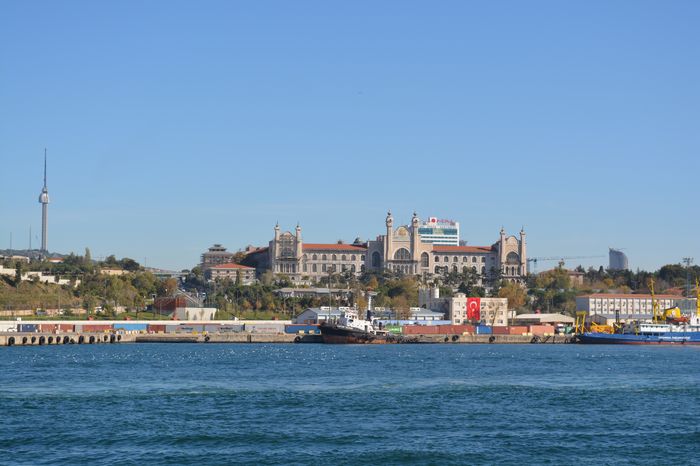Chronicler, born at Constantinople, about 758; died in Samothracia, probably 12 March, 817, on which day he is commemorated in the Roman Martyrology. He was the son of Isaac, imperial governor of the islands of the White Sea, and of Theodora, of whose family nothing is known. After the early death of his parents he came to the Court of Constantine Copronimus.
He was married at the age of twelve, but induced his wife to lead a life of virginity, and in 799, after the death of his father-in-law, they separated with mutual consent to embrace the religious state, she choosing a convent on an island near Constantinople, while he entered the monastery called Polychronius in the district of Sigriano near Cyzicus. Later he built a monastery on his own lands on the island of Calonymus (now Calomio). After six years he returned to Sigriano, founded an abbey known by the name “of the great acre”, and governed it as abbot.
As such he was present at the second General Council of Nicaea, 787, and signed its decrees in defense of the sacred images. When the emperor Leo the Armenian again began his iconoclastic warfare, he ordered Theophanes to be brought to Constantinople and tried in vain to induce him to condemn what had been sanctioned by the council. Theophanes was cast into prison and for two years suffered cruel treatment; he was then banished to Samothracia, where, overwhelmed with afflictions, he lived only seventeen days and wrought many miracles after death.
Socrates, Sozomenus, and Theodoret
At the urgent request of his friend George Syncellus (d. 810), Theophanes undertook the continuation of his chronicle, during the years 810-15 (P.G., CVIII, 55). He treated of the time from the year 284-813, and made use of material already prepared by Syncellus, probably also the extracts from the works of Socrates, Sozomenus, and Theodoret, made by Theodore Lector, and the city chronicle of Constantinople. The work consists of two parts, the first giving the history, arranged according to years, the other containing chronological tables, full of inaccuracies, and therefore of little value.
It seems that Theophanes had only prepared the tables, leaving vacant spaces for the proper dates, but that these had been filled out by someone else (Hurter, “Nomencl.” I, Innsbruck, 1903, 735). The first part, though lacking in historical precision and criticism, which could scarcely be expected from a man of such ascetical disposition, greatly surpasses the majority of Byzantine chronicles (Krumbacher, “Gesch. der byz. Litt., 1897, 342). The chronicle was edited at Paris in 1655 by Goar; again at Venice in 1729 with annotations and corrections by Combefis. A Latin version was made by Anastasius Bibliothecarius, and both were ably edited by de Boor (Leipzig, 1883).
Read More about Chronicle on the Greens and Blues
